In recent months, bids for national parks across the Highlands have been hitting the headlines.
What started as multiple submissions to join Scotland’s two other national parks – Loch Lomond and the Trossachs, and the Cairngorms has appeared to end in withdrawals and protests.
It follows after the Scottish Government has committed to designating at least one new park in Scotland by 2026.
There are five locations now pursuing bids to become a national park – including Lochaber and Loch Awe in Argyll.
However, in recent weeks the topic has been described as a “wedge issue” and divisive.
And last weekend, people took to the streets to protest and voice their concerns.
Concerns around disinformation have also been raised in Lochaber.
We spoke to two residents in Lochaber on both sides of the issue and the chief executive of the Cairngorm National Park Authority to find out more.
How the national park bid began in Lochaber
In 2022, when the idea for looking into a national park for Lochaber was first mentioned, Mike Pescod admitted he gave it a “cool reception”.
The chair of Nevis Landscape Partnership and Abacus mountain guide said he had a lot of concerns about increased tourists, house prices and how the parks were run.
However, after the chief executive of the Cairngorm National Park Authority, Grant Moir, was invited to speak on the workings of the parks, Mike’s view shifted.
Hearing about the affordable housing being built in the Cairngorms, the preservation work going on and efforts surrounding visitor management, Mike said it seemed “there might be something there”.
He joined six other people to form the Lochaber National Park Working Group (LNPWG) to look at putting forward a bid.
The volunteers hosted over 20 public meetings and contacted community councils and a range of groups and sectors such as the Chamber of Commerce and Scottish Land and Estates.
While many liked the idea, the bid started to face strong opposition from the campaign group Lochaber National Park – No more, leaving the area seemingly split down the middle.
Which has put the working group in a difficult position.
Mike said: “We are absolutely trying to listen to everything and we’re not trying to push this through.
“This is not people working against the wishes of the people of Lochaber. This is us, honestly, trying to work out what people want.
“What we’re asking for is a change in the system. The system that has been put in place by the Scottish Government hasn’t worked well.
“All the areas in Scotland have found that it hasn’t worked well, that it’s actually created division in all of these different areas. And Lochaber is no different.”
Worried process has divided communities
Admitting they have not managed to reach everyone in the area, Mike said they are asking for better and well-funded consultation with more detailed plans for people to vote on.
It is not the first time issues with the system have been raised. A few weeks ago, Ben Wyvis and Glen Affric withdrew its application after it was said the speed of the process left people feeling “ambushed” and under-informed.
And for the individuals in LNPWG, Mike said the protesting has got “very personal”.
“We’re just residents same as the people in the no campaign,” he said. “We’re just people who live in Lochaber that want the best for Lochaber. And we think there’s something in this and we want to have a good honest conversation about it. And it’s been difficult to do that recently.
“What we want is for everybody in Lochaber to understand everything properly first and then get the opportunity to voice their opinion.
“But I worry that this process has divided populations rights across Highlands and Scotland about this issue….I just worry with the strength of feeling on both sides, it can be very hard to bring people back together again around anything like a national park.”
No campaigners feel engagement has been ‘inadequate’
In the early 2000s, a proposal for a national park in Lochaber was shelved after resistance was mounted and residents said they had not adequately been consulted.
Fisherman and mussel farmer, Ian Mackinnon, said that was when he first got involved with the issue.
The now press officer for the recent No campaign said there hadn’t been enough engagement from the working group.
Ian said: “People feel that they’ve been kept in the dark….It’s not the engagement that they’ve done, it’s the engagement that they’ve failed to do.”
He added: “One of the really big issues that started to be highlighted as other areas pull out of the process and they’re saying the same thing we’re saying, that there was inadequate information, resources and time for them to make an informed decision and to take that to the people.”
Concerns around the ‘restrictive nature’ of parks
Many in the campaign are worried about the effect of increased tourism and would rather the Scottish Government prioritised improving services and infrastructure.
Another shared concern is the level of success of existing parks and the restrictions that could be put in place if achieving national park status.
It is believed this has come from looking at the Camping Management Zones in Loch Lomond & The Trossachs National Park which has byelaws in place across 4% of the park.
However, ecologists have voiced concerns there is disinformation being spread in the No campaign around this subject with some messages hinting people will be restricted in being able to swim, picnic and camp in the Lochaber area.
When asked about this, Ian summarised: “I would say that National Parks are restrictive in nature.
“Our existing industries forestry, farming crofting, aquaculture fishing, tourism, they will end up being restricted by national parks, that’s what we are seeing in the existing national parks.”
Debate around national park bid should be based on facts
Chief executive of the Cairngorms National Park Authority, Grant Moir, also raised concerns over some of the points being shared online.
Asking people to make up their opinions based on facts and not “hearsay”, he recently shared 20 years of data from the running of the Cairngorms addressing some of the issues including areas around affordable housing, land management and visitor management.
In terms of “increased bureaucracy”, he said outside of the planning system – which are dealt with similarly to a local authority – the park authority do not regulate.
He added the regulation of conservation is the same as anywhere outside the national park and anything further than that is “all voluntary”.
While he admitted national parks “do not sort everything”, he said: “Nor does it create lots of things that some people are saying either. What it does allow you is a mechanism, which is locally accountable.”
Mentioning funding for local rangers, visitor management and working with communities, he said: “There are things that national parks can help with. And I think that’s the sort of debate you should have. Is that the right mechanism? Do you think that’s the right thing to do?
“But it should be based on what it can and can’t do not on some of the misinformation, I think that is out there at the moment.”
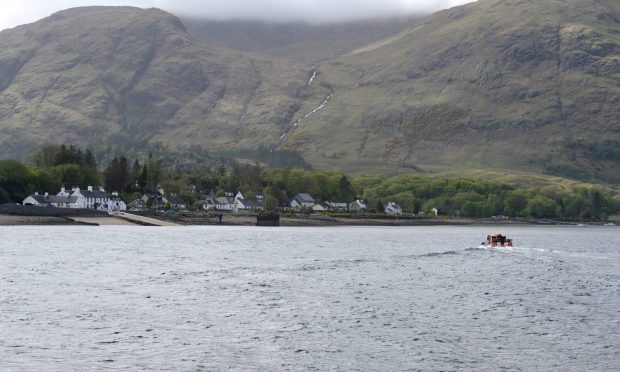
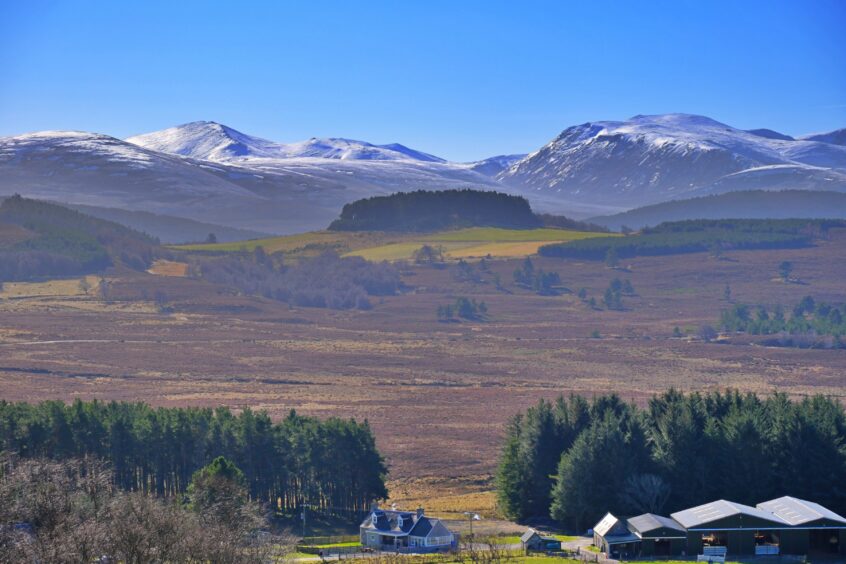
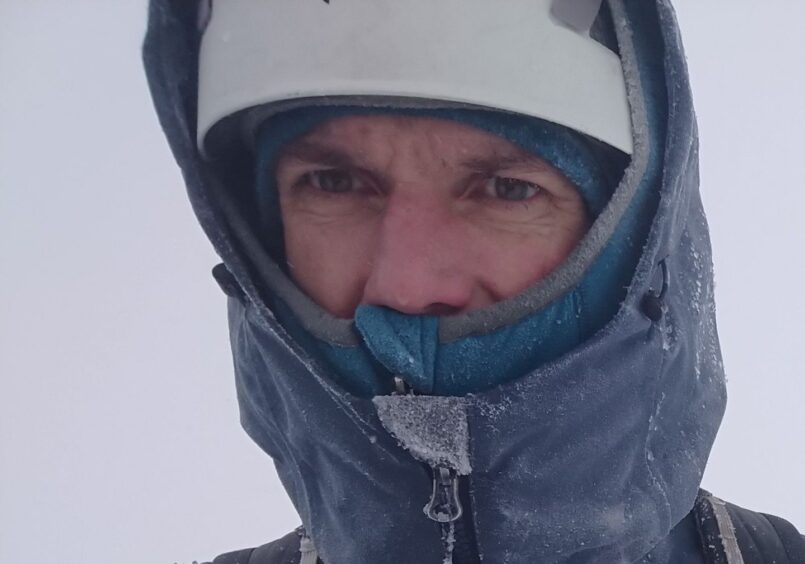
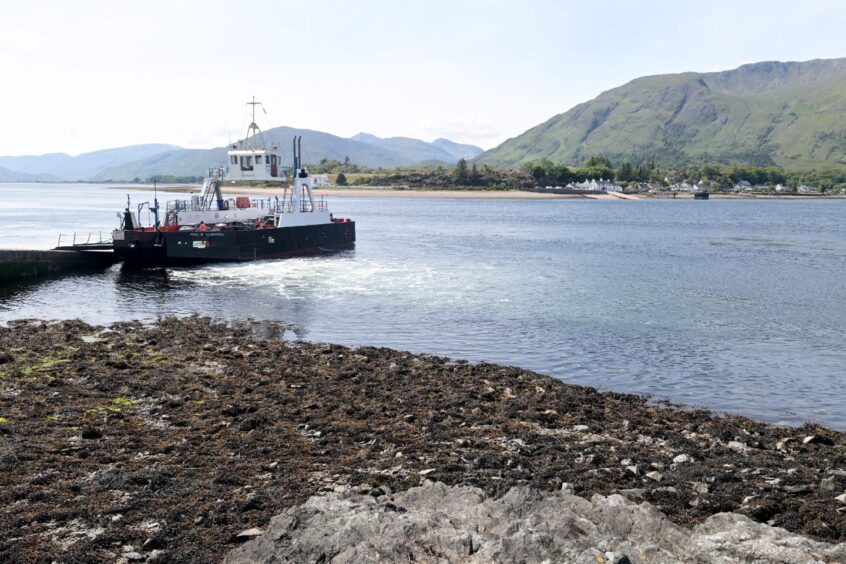
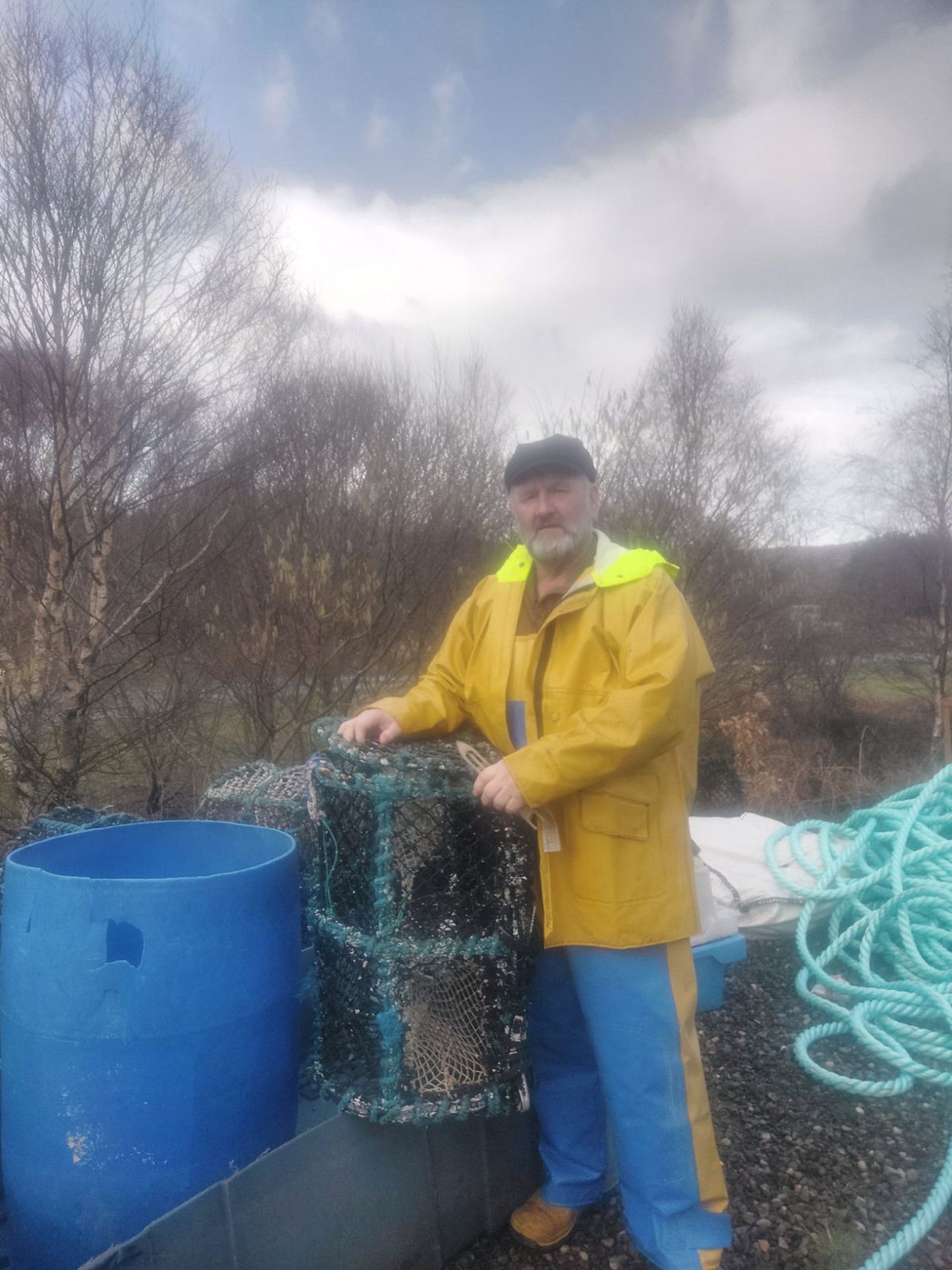
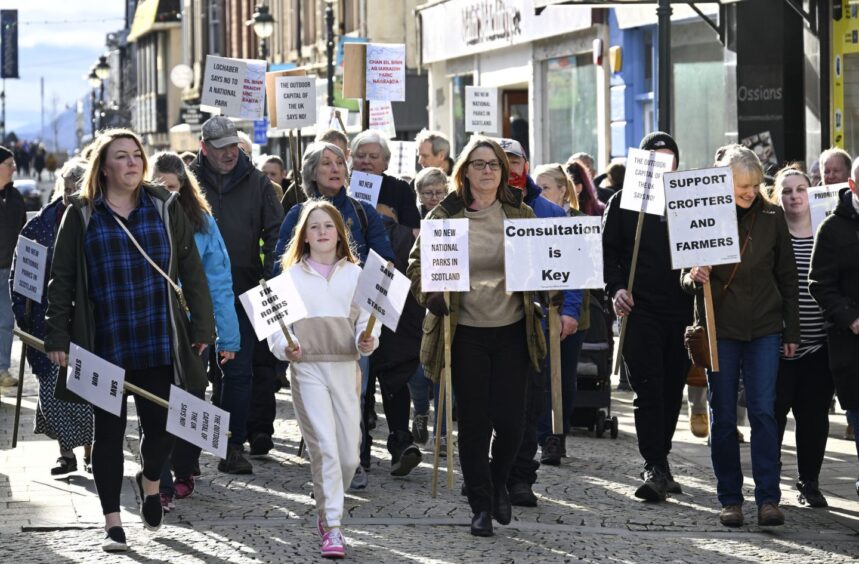
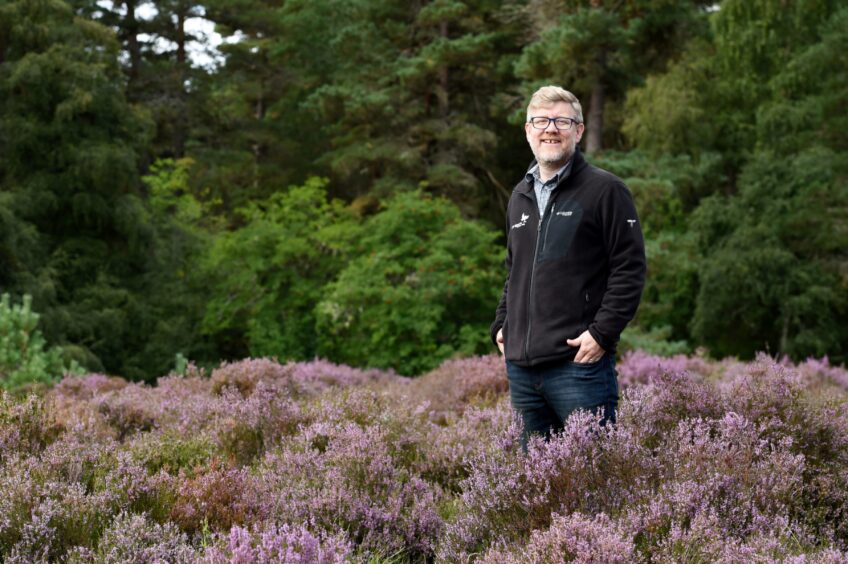
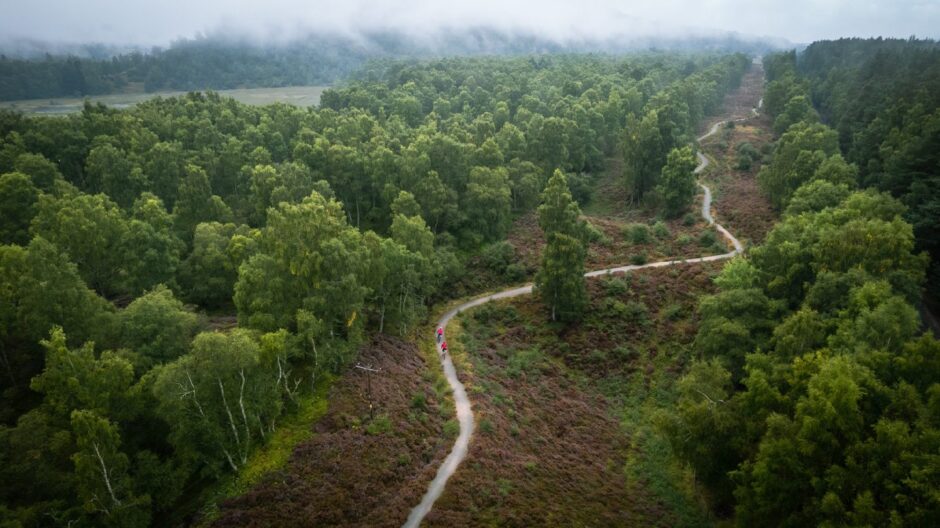
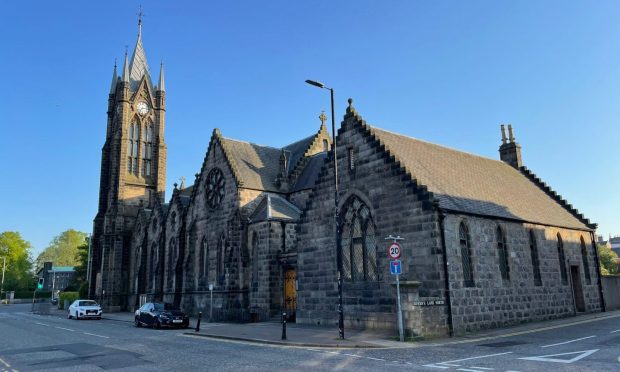
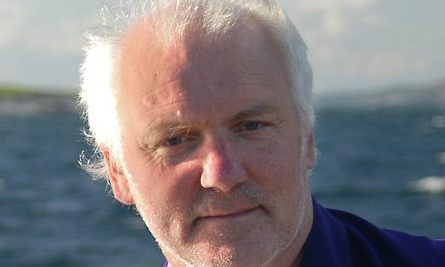
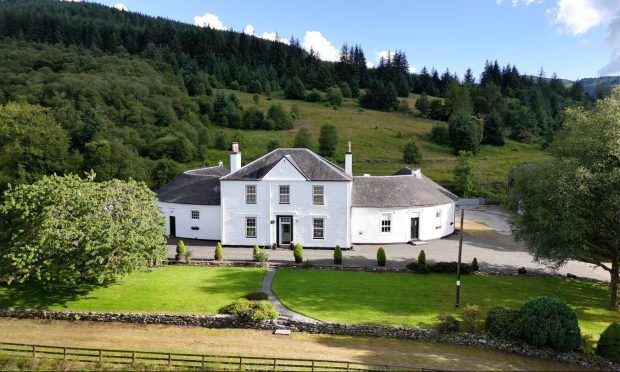
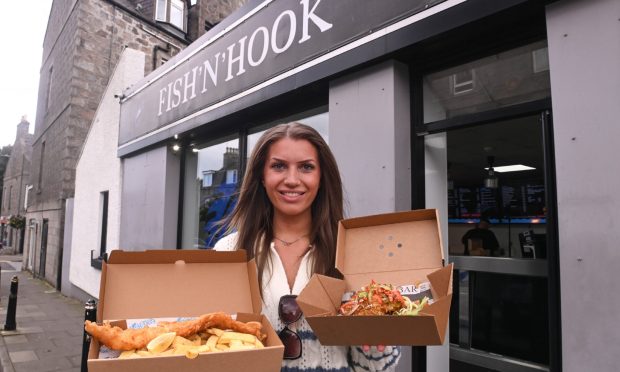

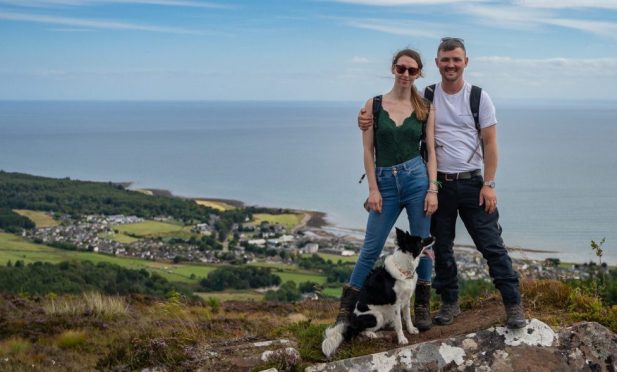
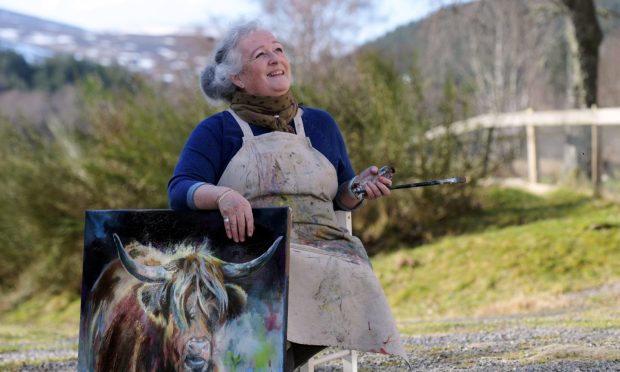
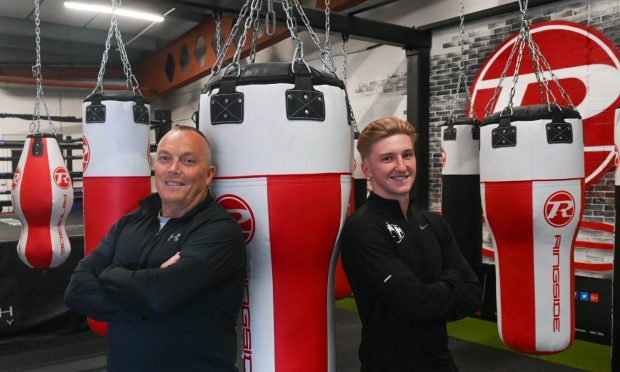
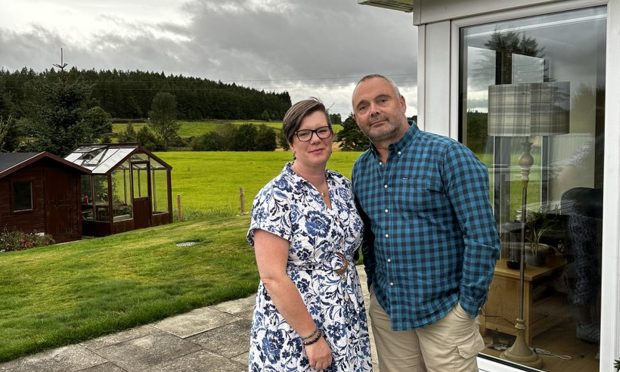
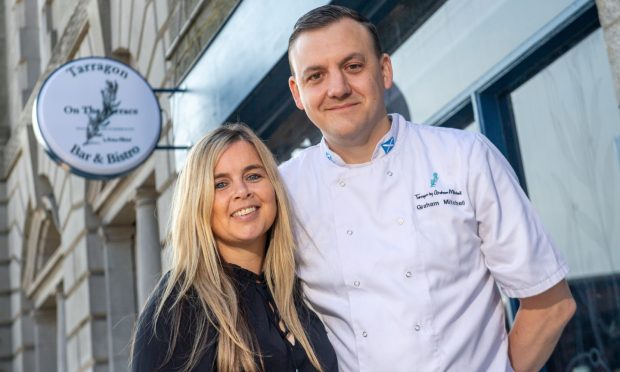
Conversation